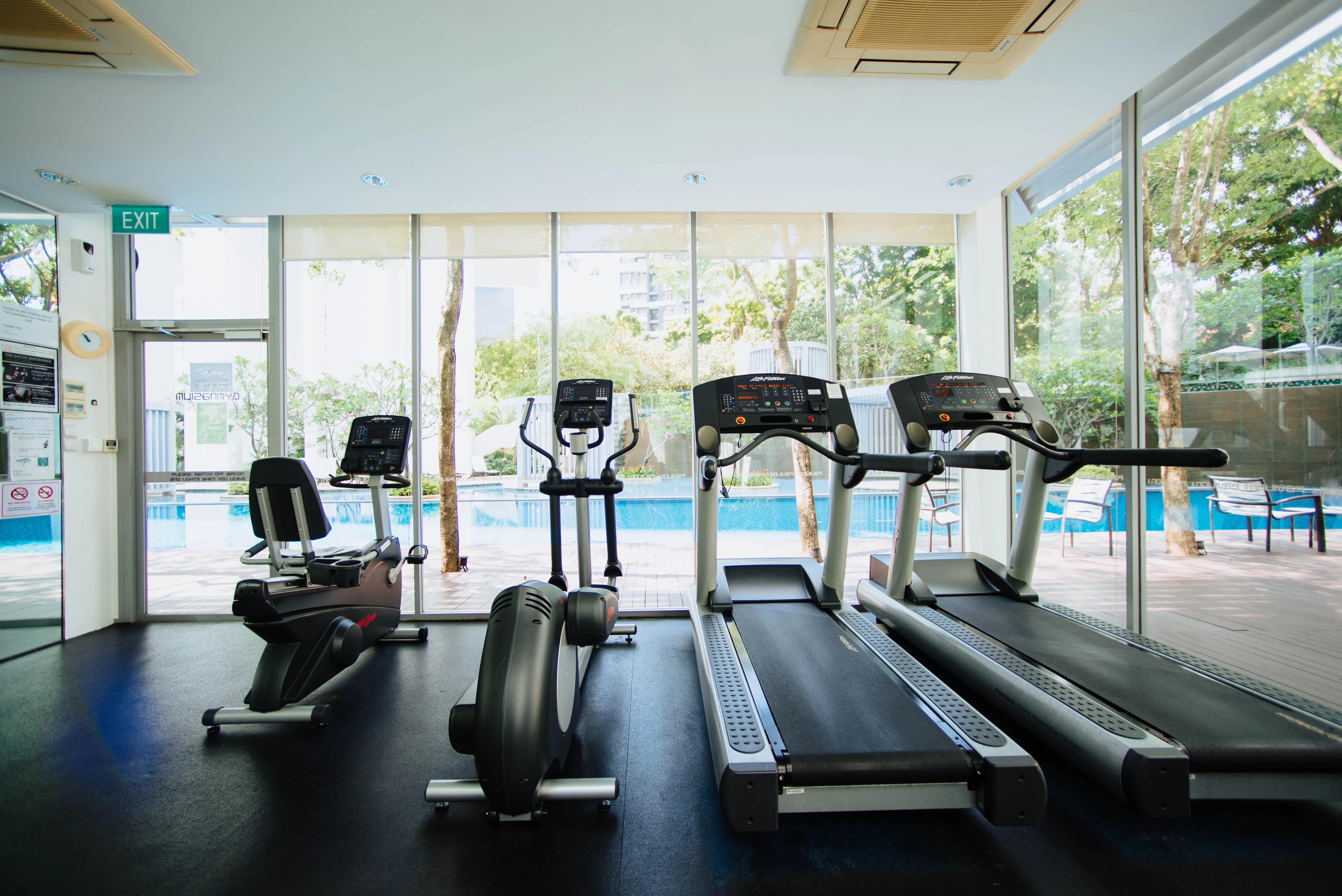
Running offers countless benefits; it improves cardiovascular health, strengthens mental resilience, and brings about an overall sense of well-being. However, runners often face the challenge of pollution, particularly in urban areas. The quality of the air we breathe substantially influences our running performance and health. This article provides essential insights about the influence of air quality on running and tips for running safely under various air conditions.
Understanding AQI — The Air Quality Index

The Air Quality Index (AQI) is a system used globally to measure air pollution. It provides real-time information about the current air quality and forecasted air conditions. The AQI ranges from 0 to 500, where a lower value means better air conditions and less health risks.
Understanding the AQI is essential for runners, as high levels of pollutants can negatively impact lung function, trigger asthma attacks, and even enter the bloodstream, leading to potential cardiovascular problems. When AQI exceeds 150, outdoor activities like running should be limited, especially for sensitive groups such as children, the elderly, and people with underlying health issues.
Adapting Your Running Routine to Air Quality
Breathing polluted air during runs puts you at risk of health problems, but the running community can take solace in adaptive strategies. Here are some recommendations:
Time Your Runs: Avoid outdoor running when pollution levels are highest, usually during peak traffic hours. Early morning or late evening runs are typically safer.
Choose Your Routes Wisely: Opt for green areas away from high traffic zones. Parks or trails often have lower pollution levels.
Check the AQI Regularly: Numerous websites and apps provide real-time AQI information. Getting into a habit of checking the AQI allows you to plan your runs effectively.
Incorporating Indoor Workouts into Your Routine

When outdoor conditions aren’t ideal, don’t let that disrupt your exercise routine. Indoor workouts like treadmill running, strength training, yoga, or high-intensity interval training (HIIT) can keep you healthy and active. You could also consider investing in an air purifier to improve indoor air conditions.
Final Thoughts
Running is an invigorating way to keep fit, but it’s essential to consider the environment you run in. Understanding air quality and adjusting your training accordingly ensures that you continue to reap the benefits of running without compromising your health. Stay informed, choose your routes sensibly, diversify your training with indoor workouts, and keep running!




